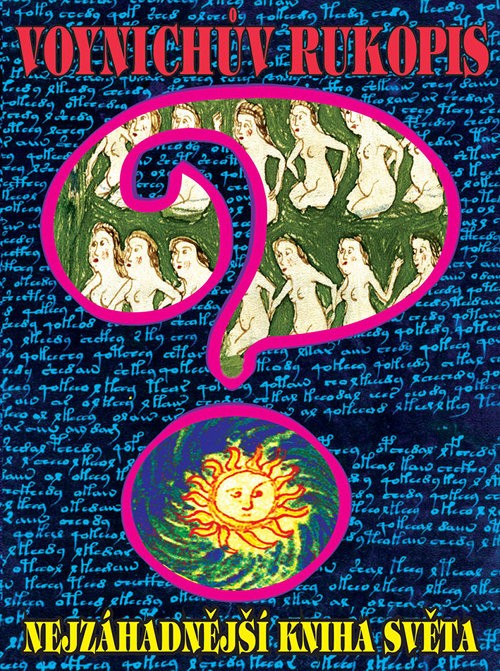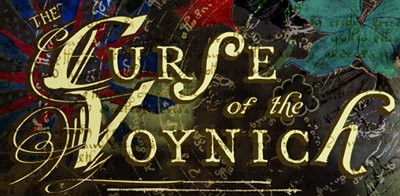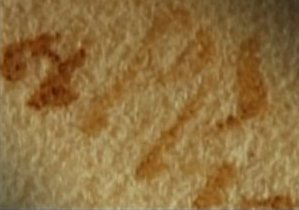Art historians have long debated whether or not dissatisfied architect Antonio Averlino made the trip from Italy to Constantinople in 1465: one of the key pieces of evidence supporting the notion is the letter of recommendation written in Greek by Averlino’s old friend Filelfo (the humanist writer and Hellenophile) and addressed to George Amirutzes (Mehmed II’s personal tutor).
This is one of those things that is often referred to fleetingly (such as in my book “The Curse of the Voynich”), but rarely substantively: so I wondered if I could track it down. Handily, Valentina Vulpi’s dissertation had a mini-bibliography for it in footnote 148 on p.47, which directs you to:
- Finoli & Grassi’s (1972) Italian translation of the libro architettonico, p.XXXIX (in the introduction)
- Emil Louis Jean Legrand’s (1892) “Cent-dix lettres grecques de Francois Filelfe“, p.120
- Lavino Agostinelli’s (1899) “Lettere volgarizzate dal greco“, p.86.
Handily, it turns out that Legrand’s book is accessible through Gallica, and here’s a link to the page where the letter transcription begins. The French translation (which you only need a GCSE in Franglais to read) of the Greek goes:-
“Le porteur de la présente lettre, Antoine Averulino, est un homme de bien en même temps qu’un de mes meilleurs amis. C’est pourquoi, en vertu de vieux proverbe, je te le recommande comme étant mon ami, devant être le tien, se trouver ainsi l’ami commun de deux personnes intimeme liées l’une à l’autre. Averulino connaît à merveille une foule d’excellentes choses et est un architecte de très grand talent. Il se rend à Constantinople dans l’unique intention de voir le pays. Tu me feras un sensible plaisir, si tu daignes l’accuellir avec amabilité et lui témoigner toute l’affection que tu as pour moi-même. Porte-toi bien.”
i.e. “He [Averlino] is going to Constantinople with the sole intention of seeing the country” (rather than working as an architect there). However, the last direct record we have of Averlino is from 16th August 1465:
Coram prefatis dominis stipulantibus nomine hospitalis . . . Magister Antonius Florentinus Inzignerius et architector h[ospitalis] novi et magni, cum salario mensuali florinorum XX vigore litterarum ducalium et conventionis per eum habente cum d[ictis] deputatis prout contra in libro conclusionum, liberali annuo et illari vultu manifesta dixit, quod ipso habente solutionem eius quod habere debet ab hospitale ab hodie retro quod eius intentio est, et ita deliberat a modo in antea, quidquid non petere nec habere a dicto hospitale omnis predicti sui salarij, vigore dictarum litterarum et conventionis nec alio jure et predicta atenta inhobilitate [!] hospitalis. Et quod se in futurum fabricari continget in hospitali, quod amore benevolo visitarit laboreria, et nichil pro mercede petet, nisi prout fuerit dispositione dominorum tunc deputatorum.”
Filelfo knew Averlino from at least 1447, when he wrote another letter of recommendation from Milan, this time to Antonio Trebano and dated 26th February 1447: this is discussed in Lazzaroni & Muñoz’s (1908) monograph on Filarete p.110-111, and transcribed in note 26 of Oettingen’s (1888) “Über das leben und die werke des Antonio Averlino: genannt Filarete“, which is available online here. Just to save you the trouble of clicking, Oettingen’s transcription (p.55 of the original, or p.70 of the PDF) reads:-
Francisci Philelfi Epistolarum familiarium libri XXXVII etc., Venetiis 1502, Liber Quintus, fol. 39 v:
Franciscus philelfus. Antonio trebano. sal. – Antonius florentinus, fictor et excussor egregius, aeque tempestate nostra atque praxitelen apud priscos memorant copanve aut phidian aliquem, et te diligit plurimum et mihi est carissimus. Itaque a me petiit, ut te in familiaritatem benevolentiamque acciperem, quippe qui mei studiosissimus sis. Cupere enim se non secus suos amicos omnes fieri meos atque ipse est. Quare ut et homini amicissimo et humanitatis officio satisfacerem, iccirco hasce litteras ad te dedi, ut tibi perpetuo testes essent singularis dilectionis erga te meae. Vale – Ex Mediolano . IIII . Kal . Mart . MCCCC XLVII.”
Fascinatingly, Francesco Filelfo also wrote a later letter to the Sforza ambassador Nicodemo Tranchedini in Florence (on 1st Feb 1466), asking him to pass on a letter to their mutual friend “Antonio architecto“: this is Riccardiana di Firenze MS 834, and is discussed by Maria Beltramini in a 1996 article (which I unfortunately haven’t seen). From this, it seems reasonable to infer not only that Filelfo did indeed expect Averlino to be back from the East within a few months, but also that Averlino had told his old friend he would be returning directly to Florence.
However, there the archival trail goes cold: we don’t have any record of a response from Tranchedini back to Filelfo, though it is entirely possible that such exists – Tranchedini certainly streamed a good volume of enciphered messages back to Francesco Sforza during his many years in Florence, and I don’t know to what extent the remains of these in the Milanese archives have been mined for information.
So… did Averlino make the trip? The only record we have of him past this date is Vasari’s claim that he had allegedly died in Rome in 1469 (and Vasari has proved notoriously unreliable on matters of specific detail). Still… there aren’t any alternative claims, so it seems likely he did die in Italy. There is some contested evidence that places Averlino briefly in Constantinople around this time, so there has to be a reasonably good chance he did make the two-way trip. Everyone seems to be waiting for some slightly more conclusive evidence to surface… but will that ever happen?
Having said that, there are two Quattrocento diaries from Rome that allegedly mention Averlino (but neither of which I’ve yet seen):
- Iannotii Manetti De vita ac gestis Nicolai quinti summi pontificis, a cura di A. Modigliani, Roma 2005 (Fonti per la Storia dell’Italia Medievale – RIS3, 6) – page 80.
- La mesticanza di Paolo di Lello Petrone, a cura di F. Isoldi, Città di Castello 1910-1912 (RIS2, 24/2), pp. 1-63 – page 59.
Might these hold a clue? Possibly… (but probably not, alas).


